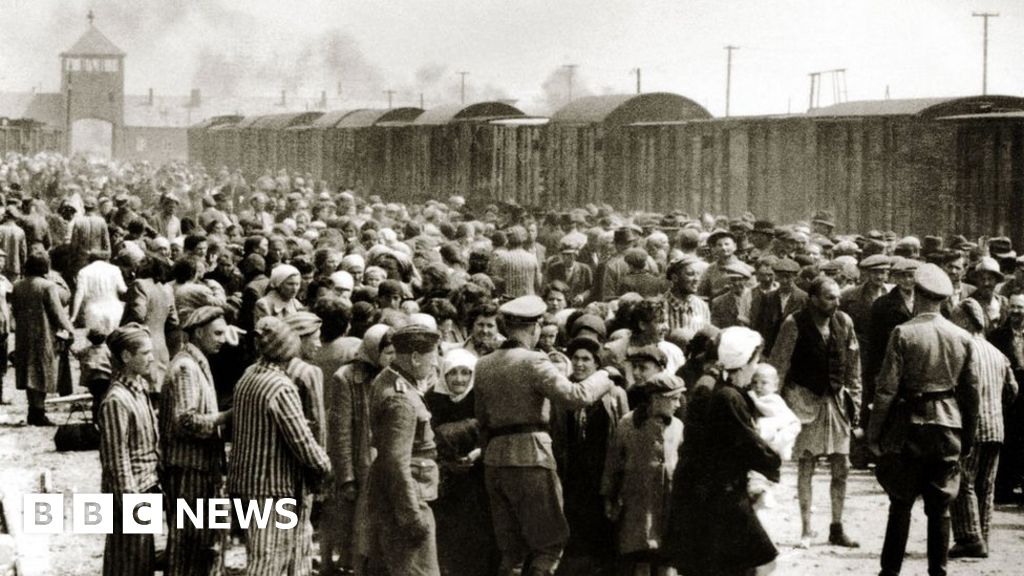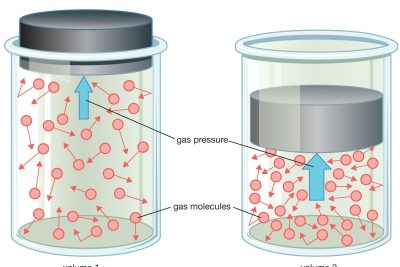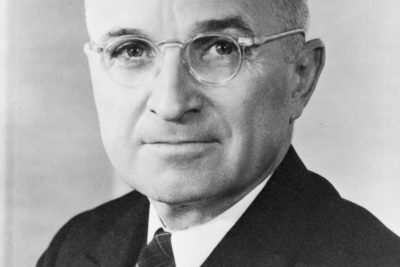
What are concentration camps and their historical impact

The term concentration camps evokes images of immense suffering and tragedy throughout history. From their earliest implementations to the world’s most infamous sites, these facilities have served as instruments of persecution and control. Understanding what concentration camps are and their historical implications is crucial in acknowledging the depths of human rights violations experienced in the past. This article aims to delve into the nature of concentration camps, their operational frameworks, and the lasting effects they have imposed on societies around the globe.
As we explore the historical context of these camps, we will also highlight important events like the Holocaust and the significance of places such as the holocaust museum fl. Institutions like the American Society for Yad Vashem play pivotal roles in educating the public regarding these atrocities and honoring the memory of the victims. It is essential to recognize the circa location of these camps and their impact on the communities involved, as well as on future generations.
- Definition of Concentration Camps
- Historical Overview
- The Role of Auschwitz in the Holocaust
- The Structure of Concentration Camps
- Victim Demographics and Statistics
- The Psychological and Physical Impact on Survivors
- Historical Context and Precedents
- Concentration Camps in Other Regimes
- The Legacy of Concentration Camps
- Conclusion and Reflection
Definition of Concentration Camps
Concentration camps are defined as facilities where large numbers of people are detained, typically without trial, based on their ethnicity, religion, or political beliefs. The term is often synonymous with forced internment, and camps have been notorious for their severe conditions, forced labor, and systematic extermination. The use of concentration camps has been largely associated with authoritarian regimes aiming to suppress dissent, control populations, and eliminate perceived threats.
The Distinction Between Concentration and Extermination Camps
While the terms are sometimes used interchangeably, there is a critical distinction: extermination camps primarily focus on annihilating large groups of people, while concentration camps can include forced labor and confinement without lethal intent. The infamous Auschwitz complex, established by the Nazis, contained both categories. Understanding this difference helps us grasp the full extent of human rights abuses perpetrated during troubled times.
Historical Overview
The utilization of concentration camps has a long and painful history dating back to the late 19th century. The first notable examples emerged during the Second Boer War (1899-1902), where British forces established camps to incarcerate Boer civilians. This tactic demonstrated the strategic use of internment to subdue enemy populations and was a precursor to future implementations worldwide.
Throughout the 20th century, the concept of concentration camps evolved significantly, with the most appalling representation being created by Nazi Germany. Between 1933 and 1945, the Nazis constructed thousands of camps across Europe, leading to millions of deaths and suffering. The development of these camps is essential in understanding the broader context of genocide and systemic violence aimed at marginalized groups.
The Emergence of the Nazi Camps
In Germany, the rise of Adolf Hitler and the Nazi Party marked the beginning of systematic persecution against Jews, Roma, and political opponents. The first camps, such as Dachau established in 1933, were designed for political prisoners. However, as anti-Jewish sentiment grew, concentration camps transitioned into facilities for ethnic cleansing, with extermination camps like Auschwitz being at the forefront of the Holocaust.
The Role of Auschwitz in the Holocaust
Auschwitz holds a pivotal position in the history of the Holocaust, becoming a symbol of the Nazis' final solution. The camp served as both a concentration camp and an extermination facility. The infrastructure consisted of gas chambers where victims were murdered upon arrival, and crematoria to dispose of their bodies. The sheer scale of extermination taking place at Auschwitz set it apart from other camps, underscoring the horrors of the Holocaust.
The Mechanism of Death
The methods employed at Auschwitz were meticulously planned and executed. Victims arriving at the camp were often deceived, believing they were being relocated for labor. Upon disembarkation, many were sent directly to gas chambers, while others faced forced labor. The camp's design streamlined this horrific process, contributing to the extermination of over 1.1 million people, primarily Jews, alongside hundreds of thousands of others, such as Roma.
The Structure of Concentration Camps
The architecture of concentration camps reflected their intended purposes. Most facilities were characterized by overcrowded barracks, oppressive living conditions, and brutal guard enforcements. The layout often featured components such as reception centers, work sites, and extermination areas, designed to dehumanize and control inmates.
Living Conditions and Forced Labor
Inmates struggled daily under the inhumane conditions presented by concentration camps. Overcrowding, inadequate sanitation, and malnutrition contributed to high mortality rates. Those subjected to forced labor faced grueling work hours and physical abuse from guards, further exemplifying the violation of fundamental human rights.
Victim Demographics and Statistics
The demographics of concentration camp victims varied considerably. The majority of deaths occurred among the Jewish population, with about 6 million Jews killed during the Holocaust. Within Auschwitz, approximately 1.1 million Jews, 19,000 Roma, and tens of thousands of Poles, Soviets, and others perished. Statistically, around 90% of Auschwitz's victims were Jews, underscoring the genocidal intent of the Nazi regime.
Impact on Communities
The ramifications of concentration camps extended far beyond the camps themselves, impacting entire communities and nations. The removal of such a significant number of individuals altered social structures, economies, and cultural practices. In particular, Jewish communities faced devastating losses that would echo for generations.
The Psychological and Physical Impact on Survivors
Survivors of concentration camps faced lifelong effects, both psychologically and physically. Many struggled with post-traumatic stress disorder (PTSD), anxiety, and depression as a result of their experiences. Additionally, survivors often dealt with survivors' guilt, grappling with the knowledge that loved ones did not make it out alive. The physical consequences were glaring as well, often with survivors suffering from malnutrition, illness, and chronic conditions stemming from their treatment.
Historical Context and Precedents
The historical context surrounding the establishment of concentration camps reveals a pattern of systematic repression by governments against perceived enemies. Early implementations reflected governmental strategies to control opposition and dissent, revealing a broader tendency to isolate and persecute marginalized groups. Analyzing these precedents can provide insights into how societal conditions can deteriorate, leading to such atrocities in the future.
International Response and Resistance
The international response to the emergence of concentration camps varied significantly. Initially, many global leaders turned a blind eye to reports of atrocities, attributing them to wartime propaganda. However, as the full extent of the Holocaust became apparent through documentation and testimonies, outrage led to societal movements and legal ramifications. The establishment of institutions like the American Society for Yad Vashem cultivated a necessary acknowledgment of these events, advocating for remembrance and education as tools against future atrocities.
Concentration Camps in Other Regimes
The model of concentration camps is not limited to Nazi Germany; numerous authoritarian regimes have employed similar techniques throughout history. For instance, Stalin's Soviet Union operated gulags, which were forced labor camps characterized by severe conditions. Similarly, the contemporary situation with concentration camps in North Korea reveals that the pattern of state-imposed oppression persists globally.
Modern-Day Reflections
Studying these camps offers vital reflections on how societies can prevent such human rights abuses moving forward. By understanding the tactics used by oppressive regimes, we cultivate tools for resilience, resistance, and hope among modern-day citizens. Engaging with the discourse around concentration camps—and ensuring that resources like the holocaust museum fl are accessible—can reinforce the importance of historical memory in combating hatred and intolerance.
The Legacy of Concentration Camps
The legacy of concentration camps is profound, shaping societal values regarding human rights, justice, and remembrance. The sheer scale of atrocities committed forces societies to confront uncomfortable truths in order to develop educational frameworks that honor victims and serve as reminders of the consequences of unchecked power and prejudice.
Holocaust Education and Remembrance Initiatives
Education plays a critical role in ensuring that future generations understand the significance of events such as the Holocaust. Organizations like the American Society for Yad Vashem emphasize the importance of preserving history through dedicated educational initiatives and memorials. Museums worldwide provide spaces for reflection and remembrance, ensuring that the lessons learned from concentration camps propel societal efforts toward more significant respect for human rights.
Conclusion and Reflection
In conclusion, understanding concentration camps and their historical impact reveals a troubling but essential chapter in humanity's story. By delving into their definitions, histories, and legacies, we recognize the depth of suffering endured by millions. The importance of remembrance is paramount in reinforcing the moral obligations of current and future societies. Resources, such as the holocaust museum fl and various educational initiatives, are pivotal in safeguarding this history, preventing its repetition, and promoting a culture of tolerance and respect.
As we reflect on the past, we must remain vigilant in recognizing potential signs of oppression and work actively to defend the rights of all groups. Only through collective memory and education can we honor the victims of concentration camps and pledge to build a world free from similar horrors.
Did you find this article helpful? What are concentration camps and their historical impact See more here Education.
Leave a Reply






Related posts